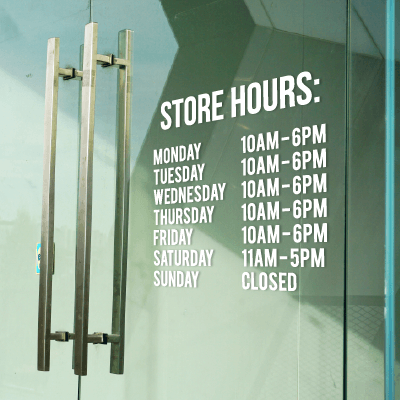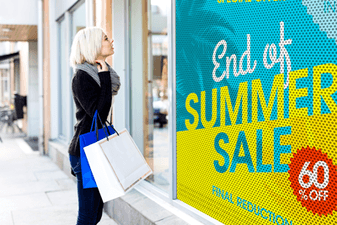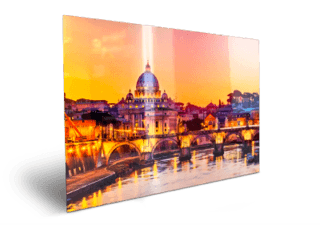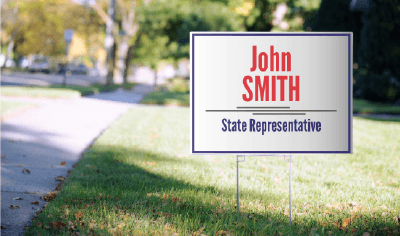Billboard Advertising in 2025: 41 Must-Know Statistics
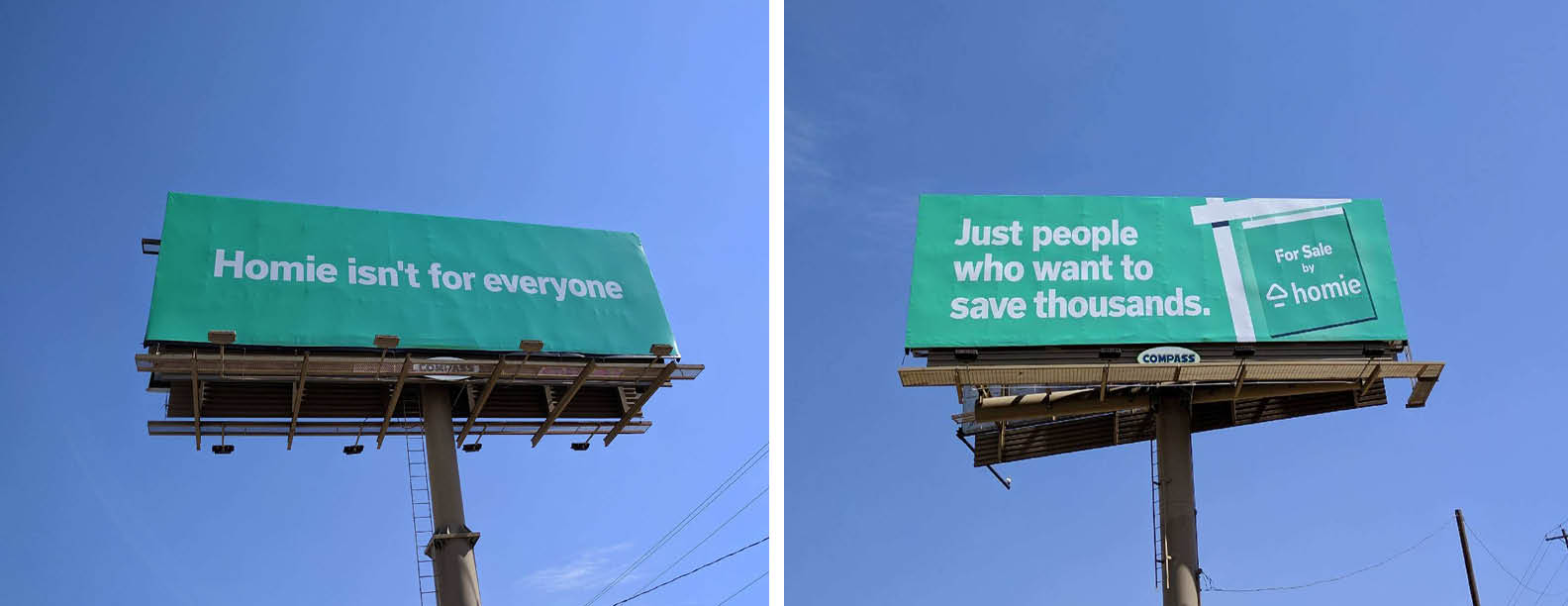
The State of Billboard Advertising in 2025
1. According to studies from the Out of Home Advertising Association of America, ad revenue for all U.S. out-of-home (OOH) marketing is expected to reach $9 to 10 billion in 2025.[1]
2. Meanwhile, the billboard market size is predicted to rise from $60.7 billion in 2024 to $62.52 billion in 2025. Among the many reasons for its growth are the many innovations in the billboard industry.[2]
3. Most of the increase in OOH ad revenue came from the rise of digital billboards, which accounted for 41% of worldwide revenue and earned them approximately $20 billion in 2024.[3]
4. In early 2024, billboards were the most-used format for out-of-home advertising in the U.S., beating out transit ads and street furniture.[25]
5. The U.S. billboard and outdoor advertising industry had a revenue of $10.2 million in 2024.[26]
6. In the United States alone, 16,000+ digital billboards are set up across multiple states, accounting for a total increase of 40% in production and usage year over year.[4]
7. This also means that digital billboards are growing at an estimated 6% compound annual growth rate (CAGR).
8. Influencer marketing has also contributed to the rise of billboards, with 67% of consumers likely to notice and buy products after seeing their favorite online influencers endorse them through physical billboards.[5]
Simply put, companies endorse online personalities via billboards[6], driving OOH visibility. At the same time, influencers get to post selfies of these billboard ads on their social media, driving online engagement. It’s a win-win.
The Target Audience: Stats on People and Billboards
Speaking of influence, billboard advertising continues to leave a lasting impression, whether through brand recollection or customer action. They don’t just catch people’s attention; some can influence what they buy and recommend.
9. According to YouGov’s survey and data in 2024, 48% of millennials and 48% of Gen Z will recommend products they’ve seen advertised on posters and billboards.[7]
10. The same data also showed that 34% of Gen X and 23% of baby boomers will do the same, showing how billboards could still entice and influence people of different ages.
11. People usually look at a billboard for around six seconds, which is often enough time to capture attention if your message is clear.[27]
Going into the specifics, you could also see customer actions[8] upon seeing these physical ads.
12. 54% of Gen Z and 53% of millennials will search the brands online when they see a billboard ad they pass by.[7]
13. 66% of them will use their smartphones, searching the brand and visiting the website. Others may also try to find the nearest physical store and visit it.
14. Speaking of visiting stores, 20% of potential customers will go to the store immediately after seeing a directional billboard.
15. And out of those potential customers, 74% of store visitors will likely make a purchase just because they saw the billboard ad.
16. Billboard ads also tend to have a high recall rate, with 80–85% of people remembering them, higher than TV, radio, and online ads. The OAAA argues that because of post-pandemic practices, people are going out and seeing more billboards than ever.
17. 73% of people say they prefer digital out-of-home (DOOH) ads more than traditional digital channels like TV and social media.[29]
18. Meanwhile, out of the overall billboard statistics, 83% of customer recall came from digital billboards.[10]
19. 74% of mobile users take some form of action — searching, calling, or visiting a store — after seeing a digital billboard ad.[29]
20. According to a study by Ocean Neuroscience, people are 48% more likely to interact with a mobile ad if they’ve already seen a version of it on a billboard.[30]
Billboards as a Marketing Investment
So, upon seeing the statistics regarding audience response, you might want to jump onto the billboard bandwagon. Still, as with any marketing tool, billboards are an investment, and you should look into some numbers regarding billboards as an investment and returns.
21. According to the OAAA, these industries were the top ten spenders for advertising in 2024, which included billboard marketing:[11]
- Legal services
- Hospitals, clinics, and medical centers
- Domestic hotels and resorts
- Quick-service restaurants
- Consumer banking
- Colleges and universities
- Local government
- Chain food stores and supermarkets
- Computer software
22. Law firms, for instance, spend nearly 19% of their entire marketing budgets on billboards and print ads.[31]
23. Some of the top spending brands for the year include Apple, McDonald’s, Amazon, Coca-Cola, Verizon, Disney, and Anheuser-Busch.[12]
24. Placement-wise billboard ads yield higher engagement and recall rates in high foot traffic areas or along highways with slow-moving traffic. Areas like the Long Island Expressway[13], Interstate 69[14] in Houston, and Sunset Boulevard[15] in Los Angeles are among the few hotspots to invest in for billboard ads.
25. In fact, an average billboard in a metropolitan area can get anywhere between 25,000 and 50,000 views daily, while billboards placed in high-traffic freeways can get up to 100,000 impressions per day.[28]
What about the ROI on the billboard advertising?
26. In 2022, digital billboard advertising delivered a 38% ROI, not factoring in design, branding, and other key elements.[16]
27. Meanwhile, traditional billboards offered a 40% return on investment in the same year.[17]
28. Billboard advertising, on average, yields a $6 return for every $1 spent.[32]
29. According to new data from the OAAA, billboard ads have the potential to deliver up to a 497% return on investment.[32]
With the current trajectory in OOH marketing[33], the “digital side of physical promotions” or digital out-of-home (DOOH) would continue to grow further, eventually surpassing traditional methods like static billboards.
The Billboard Transition: Digital vs. Traditional
Based on the aforementioned statistics, it seems like billboards have also seen their share of innovation, with digital variants becoming more popular over traditional static ones.
30. Many groups have observed that digital billboards get 400% more views than static billboards.
31. At the same time, the motion ads seen on billboards 81% more effective at grabbing attention.
Still if we look into billboards as investments, there are many perks for going on the traditional route.
32. Cost-wise, static billboards offer lower upfront cost and is very reliable for long-term visibility for one campaign.[19]
33. Depending on location, a static billboard can cost $1,000–$5,000 per month, while high-traffic digital billboards in cities can exceed $14,000 monthly.[36]
34. Wallscape billboards, or the large ads placed on building walls, can cost $10,000 to $300,000 for a four-week run.[33]
35. Digital billboards, meanwhile, have a higher upfront and maintenance cost. Their advertising is flexible, and offers real-time updates and multiple ad rotations, but programming and upkeep could be more costly.
36. Combining Digital Out-of-Home (DOOH) ads with mobile ads can increase campaign reach by up to 303% and boost consumer engagement by 46%.[34]
37. Augmented reality (AR) billboard campaigns are 3.5 times more engaging than traditional static ones.[35]
The Future of Billboards
38. Billboard advertising continues to dominate worldwide, with ad spending projected to surpass $10 billion in the US by 2027.[20]
39. This includes the innovation of traditional static signage through QR codes that boost awareness by 200%.[21]
40. Strategies to integrate sustainable methods are also in the pipeline, with 78% of consumers vying for eco-friendly forms of promotion. One primary focus is utilizing solar energy for billboards.[22]
41. Another green initiative are the movable billboards and new digital signs that cuts 75% on electricity costs.[22]
Now, whether through digital integration or sustainable strategies, one thing is certain: the goal for billboards is to continue innovating and reaching more people, as OOH advertising is as strong as ever.
Sources
2. https://blog.tbrc.info/2025/03/billboard-and-outdoor-advertising-market/?utm_source=chatgpt.com
3. https://www.statista.com/statistics/272948/global-out-of-home-advertising-expenditure/
7. https://business.yougov.com/content/50754-how-different-generations-engage-with-ads
8. https://oaaa.org/news/new-study-finds-more-than-90-of-us-travelers-notice-ooh-advertising/
9. https://soofadigital.com/blog/ooh-advertising-produces-highest-consumer-recall-in-recent-study
10. https://impactgroupmarketing.com/blog/digital-billboards-vs-traditional-billboards
11. https://billboardinsider.com/us-out-of-home-revenue-up-4-3-in-3q-2024/
12. https://oohtoday.com/ooh-revenue-surpasses-9-billion-top-10-advertisers-in-2024/
13. https://nypost.com/2025/01/18/us-news/ten-best-billboard-spots-revealed-and-nycs-got-two-of-em/
14. https://www.houstonchronicle.com/business/article/gulf-freeway-billboards-18117417.php
15. https://www.netflix.com/tudum/articles/netflix-billboard-sunset-boulevard-list
16. https://ortweinsign.com/blog/the-roi-of-on-premise-signage-vs-other-mediums/
17. https://mediatool.com/blog/billboard-advertising-cost
18. https://trueimpactmedia.com/blog/billboard-facts-2023/
19. https://mediafinch.net/static-billboard-vs-digital-billboard/
21. https://scanova.io/blog/ooh-qr-code-guide/
22. https://movia.media/moving-billboard-blog/eco-friendly-mobile-billboard-advertising-innovations/
23. https://dataintelo.com/report/global-digital-billboard-market
24. https://theneuron.com/static-billboards-vs-digital-billboards/
25. https://www.statista.com/statistics/260850/ooh-ad-spend-in-the-us-by-format/
26. https://www.grandviewresearch.com/…/united-states
27. https://www.psaresearch.com/tips-for-great-billboard-advertising/
28. https://mocktheagency.com/…how-many-impressions-does-a-billboard-get/
29. https://oaaa.org/…/dooh-delivers-7-5x-more-reach
30. https://www.outfront.com/blog/from-billboard-to-beach-measurement-attribution
31. https://www.onthemap.com/law-firm-marketing/stats/
32. https://dashtwo.com/blog/roi-of-outdoor-advertising-in-the-united-states/
33. https://trueimpactmedia.com/blog/ooh-advertising-costs/
34. https://broadsign.com/…marry-digital-ooh-and-mobile-advertising
35. https://www.brandxr.io/designing-ar-billboards-for-maximum-user-engagement








